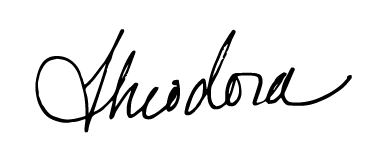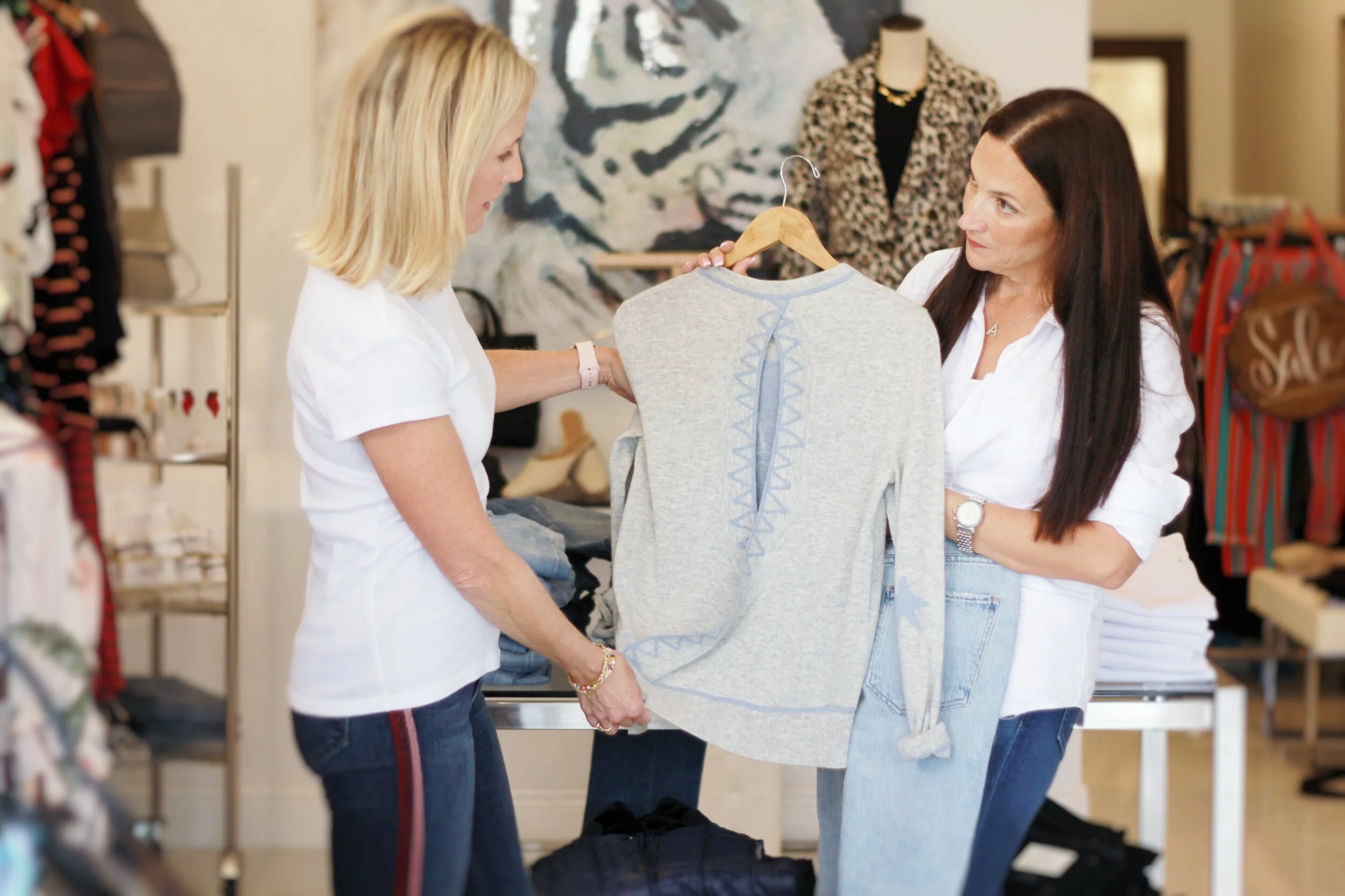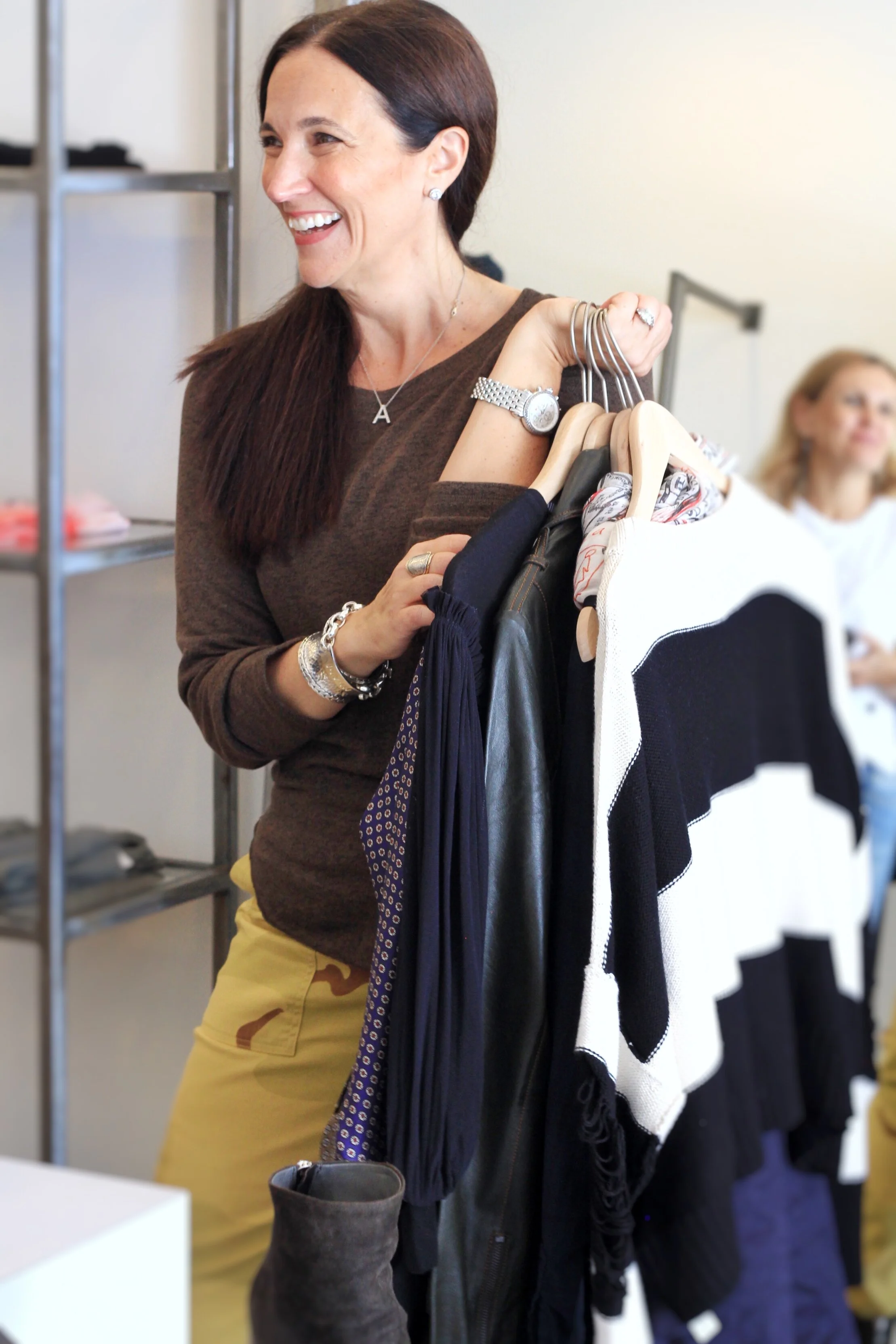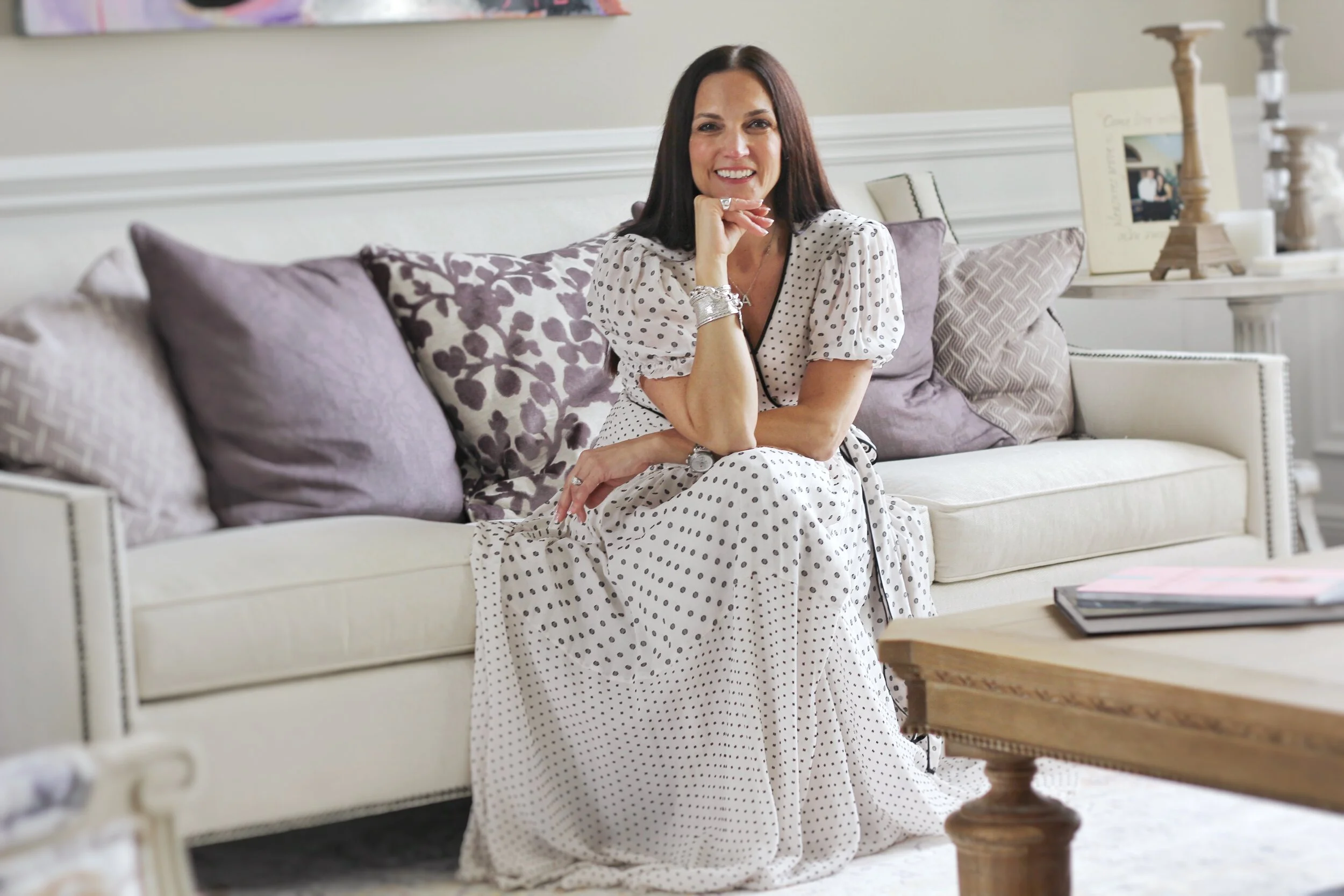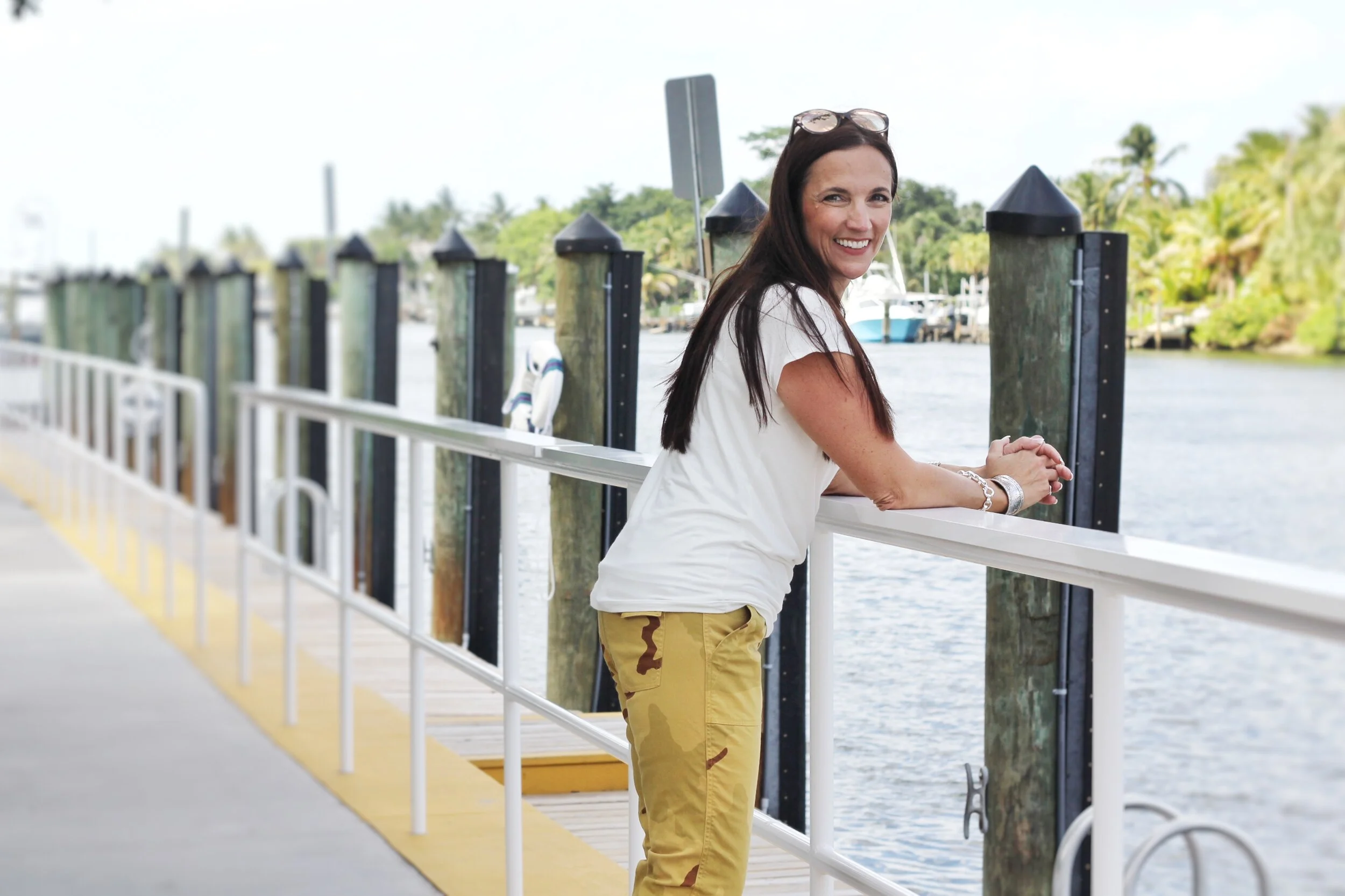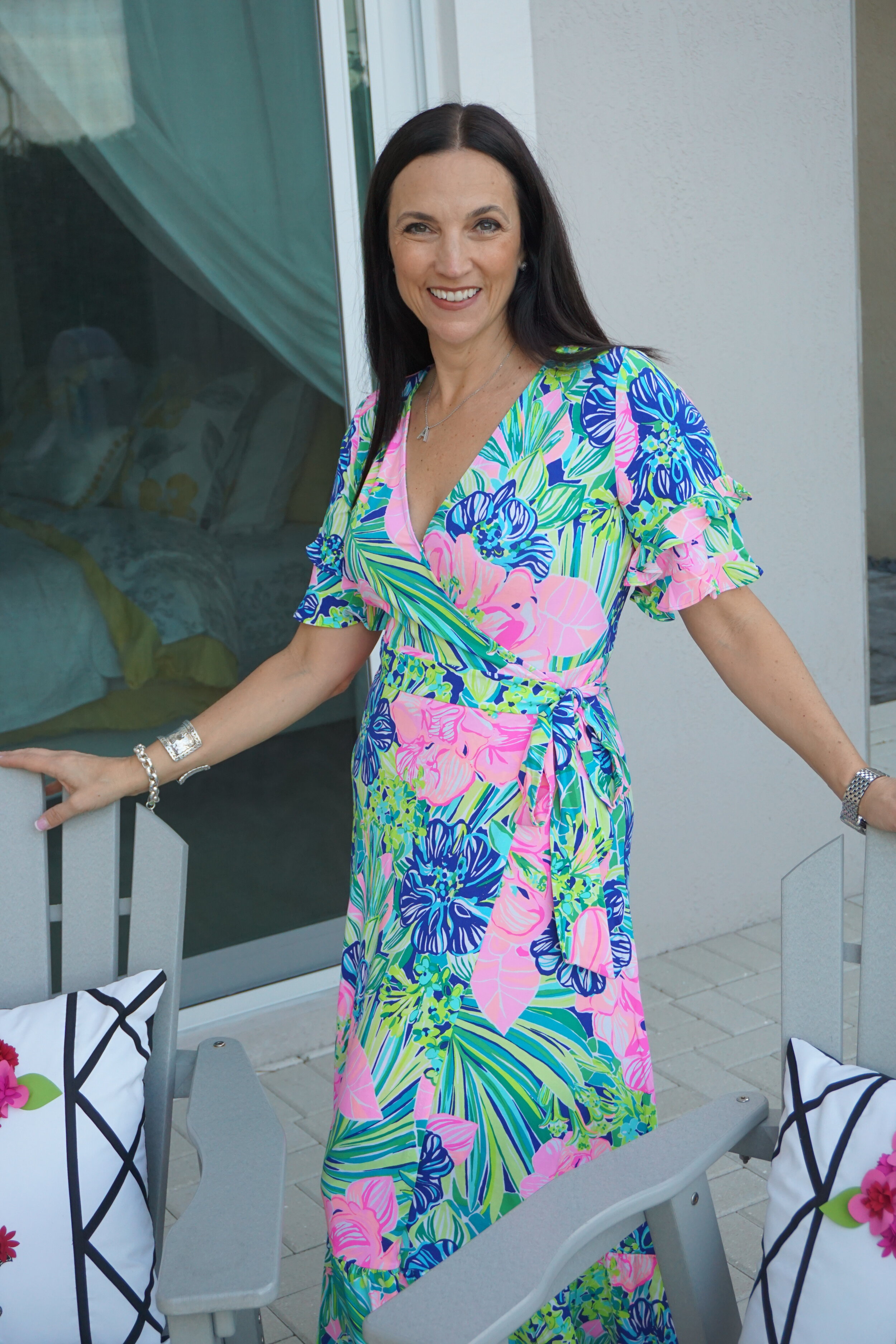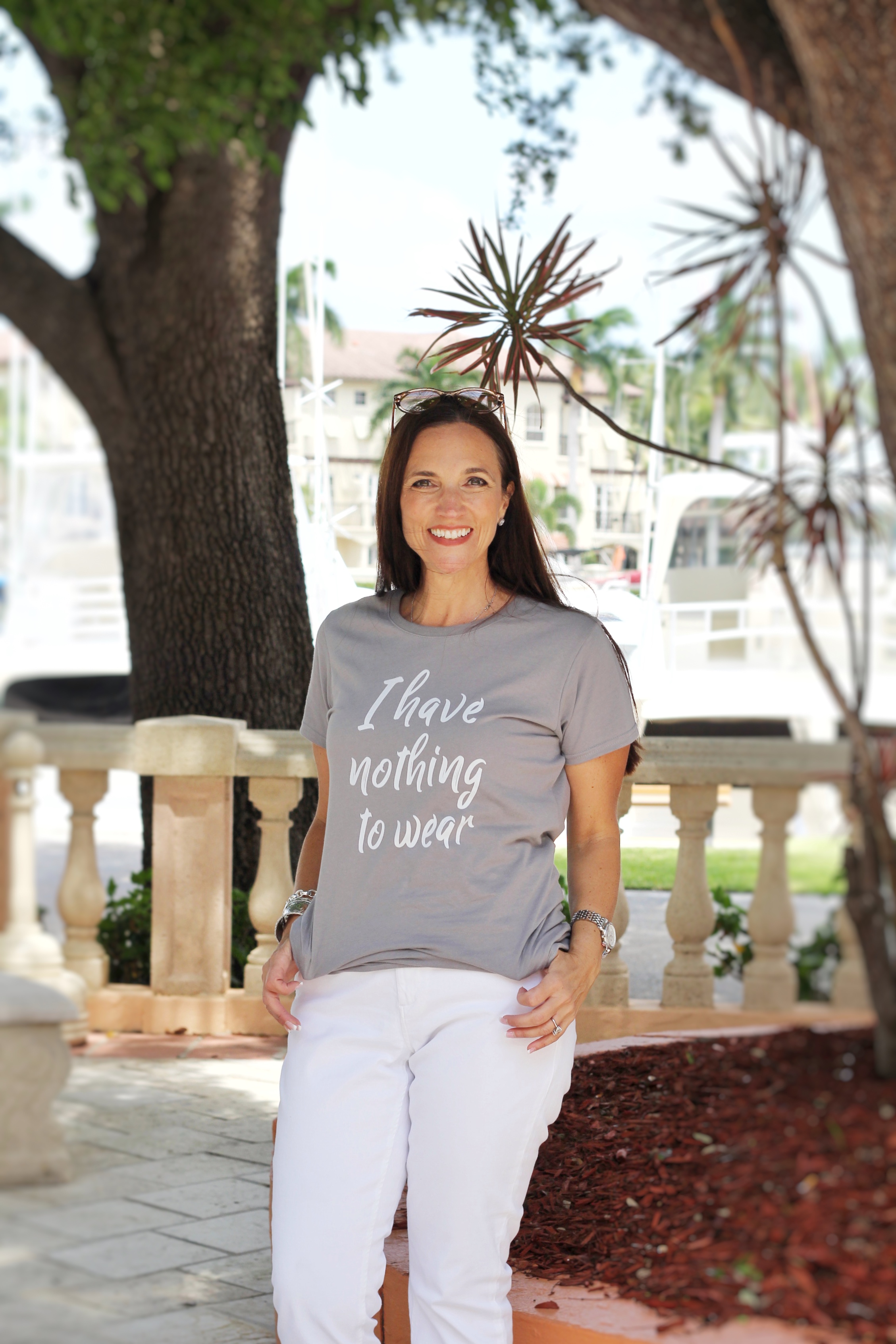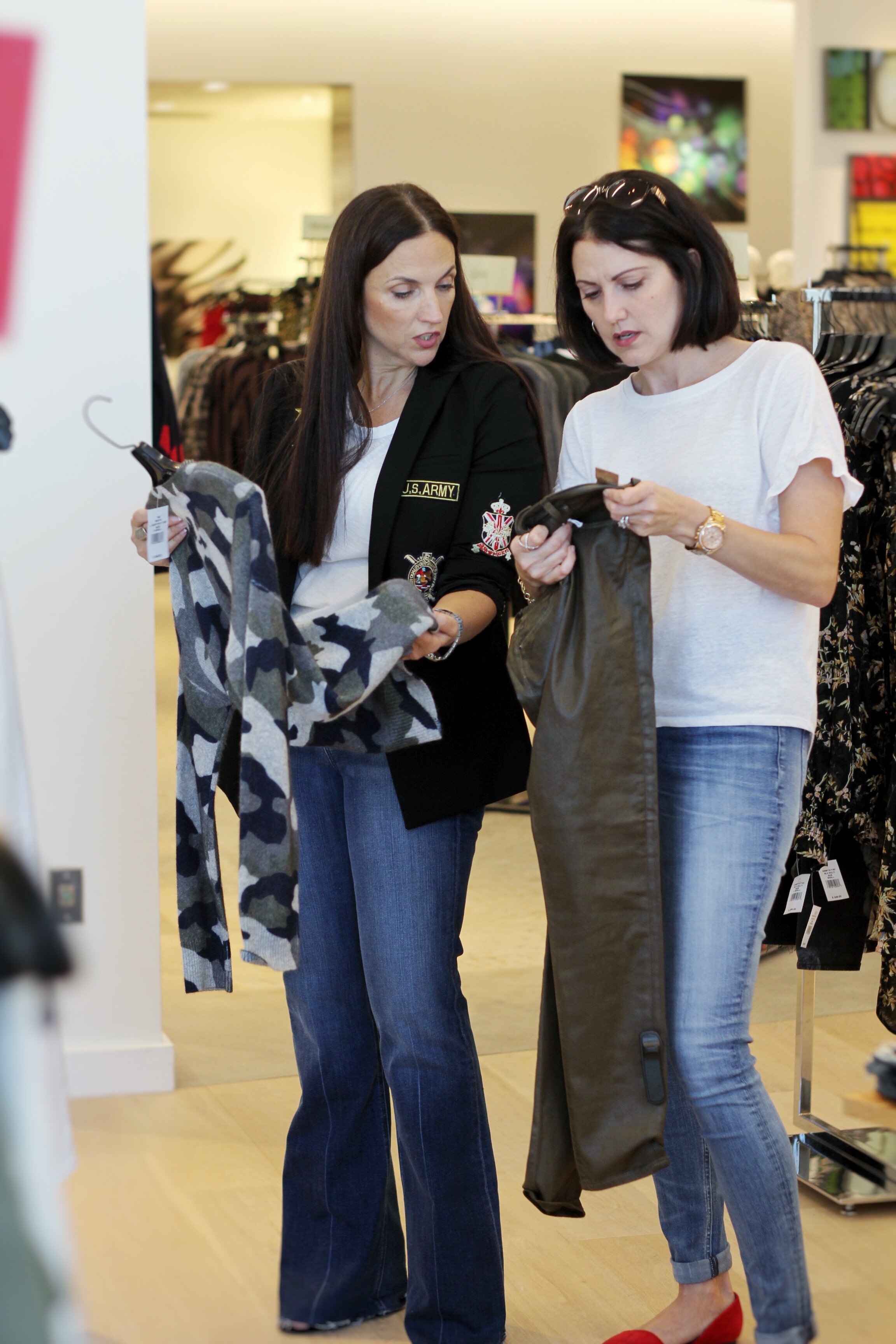5 Easy Ways to See if Your Clothing is Made Sustainably
Theo Pace
Back in September, I told you that I recently learned (and was horrified by!) the amount of waste the fashion industry creates. As part of my journey to become more educated about "fast fashion" and shop more ethically, my husband and I just watched a documentary called The True Cost. To recap, it's about the direct correlation between decreasing clothing prices and the ever-increasing costs to the environment and even humans. Most people – myself included – love a great sale. The True Cost examines how exactly fashion companies drive those prices so low and begs the very literal question: at what cost? It's definitely a must-watch.
After watching the film, I was more determined than ever to be part of the solution, not the problem. I started by researching the best ways to find out if clothing is sustainably-made, and I want to share with you what I learned.
Look at the fabric content
One of the main ways brands make clothing cheaper is by using cheaper materials. This often means synthetic fabrics like polyester and microfiber, which don't degrade naturally, require a ton of resources to create, and may contain toxic chemicals. Natural fabrics are slightly more expensive, but are far "greener" and have a host of additional benefits. For example, renewable fabrics including bamboo, wool, silk, and linen are fairly simple to produce, require minimal resources (like energy, water, and fertilizer), and most of them can be recycled.
Speaking of recycling, another strategy for shopping sustainable fashion is looking for clothing that's made from recycled materials. Keep your eyes open for fleece items that were created from plastic bottles or brands using recycled and repurposed materials. Eileen Fisher's Regenerative Wool collection is a shining example.
Check the tags
Sometimes, simply looking at a price- or hangtag is all it takes to find out whether or not a particular item of clothing was made sustainably. I recently noticed that designers including Stella McCartney and Nation LTD actually include their sustainability practices right on their tags. Look for simple phrases like, "Sustainably made," as well as symbols on the tags or on the clothing itself.
Research your favorite lines
It's not always that straightforward, of course. Sometimes – more often than not actually, you may have to dig a little more. Start by going to a company's website. If it uses "eco-friendly" practices, there will likely be a prominent section dedicated to sustainability. This is where brands often display certifications of sustainability, such as a Fair Trade Certified seal or indicating they are a Certified B Corporation. If a label's sustainability information isn't readily available, go a step further and do a specific internet search. For example, try "Stella McCartney sustainability practices."
A huge part of being a responsible and more sustainable shopper is being in the know. It is solely our responsibility to know what we are buying and wearing. We directly support brands by choosing to spend our money on them, so it's important to know their practices and values.
Use social media
There is truly no better tool to share information today than social media. One of my personal favorite ways to use it (particularly Instagram and Twitter) is for discovering new-to-me sustainable clothing brands. The best way to do this is to follow hashtags, influencers, and companies driving the discussion on ethical and sustainable fashion. Some of the most useful hashtags I've come across are #slowfashion, #whomademyclothes, #ethicalfashion, and #fashrev. Following these may lead you to your new favorite line!
Photo Credit: Good on You
Technology is your friend!
There are several websites and apps that help connect consumers with ethically- and sustainably-made clothing.
Shop Ethical! - A handy website and app that grades companies across a wide range of industries. In addition to fashion, find out how sustainable and ethical food companies, personal products, toys, and household products are. The depth of the information on the Shop Ethical! guide is seriously impressive. Beyond simply grading a company A through F, consumers can find details on brands' corporate policies, such as gender equality in the workplace, whether they're members of the Fashion Industry Charter for Climate Action, and how they approach using paper and plastics.
Good on You app - This app puts ethical ratings for over 2,000 brands and companies in the palm of your hands. As you shop, you can quickly check a label's ratings, which are based on three main factors: Its direct impact on Earth, people, and animals. If you encounter a brand with a rating of "We avoid" or "Not good enough," Good on You will suggest more sustainable alternatives.
aVOID plugin - This downloadable tool works on your desktop or laptop computer as you shop online. Available in the US, UK, Germany, and France, aVOID tells you if the products you're interested in were created with child labor.
Final Thoughts
Shopping sustainably may seem like a lot of effort, especially if the concept is new to you. There truly is just one Earth, though, and it is our responsibility to care for it for future generations. If we want our children and grandchildren, and their children and grandchildren, to be able to live, work, and thrive on this amazing planet long after we're gone, we must take immediate action.
Sustainable fashion is 100% achievable, and it starts with the small actions discussed here. Some of the world's leading designers have taken note and begun championing for the cause as well, which is amazing to see! To learn more about sustainability in the fashion industry, visit my previous blog, How to Shop Sustainably, or head over to my Instagram TV series where I share more tips.
Happy Styling,






